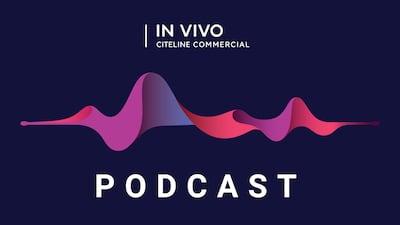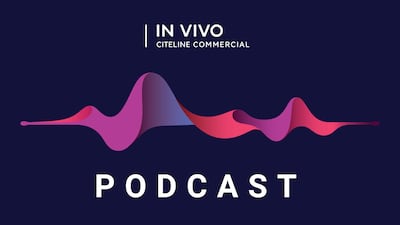Mega blockbusters (in this study defined as >$10bn) such as Keytruda (pembrolizumab) or Humira (adalimumab) can completely determine the fate of even the largest big pharma. According to analyst consensus Keytruda is roughly responsible for two-thirds of Merck & Co., Inc.’s share price. And even though the key patents on Humira have run out and biosimilars are available, the drug still makes up 28% of AbbVie Inc.’s share price. Also, Celgene as a company was built largely on the back of one mega blockbuster, Revlimid (lenalidomide), and though Celgene is now part of Bristol Myers Squibb Company and generics are expected in 2022, the drug is still responsible for one-fifth of its share price.
As important as blockbusters may be, they are also exceedingly rare. In fact, only 0.5% of drugs that were launched...
Read the full article – start your free trial today!
Join thousands of industry professionals who rely on In Vivo for daily insights
- Start your 7-day free trial
- Explore trusted news, analysis, and insights
- Access comprehensive global coverage
- Enjoy instant access – no credit card required
Already a subscriber?








